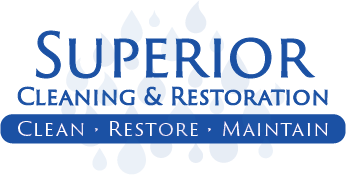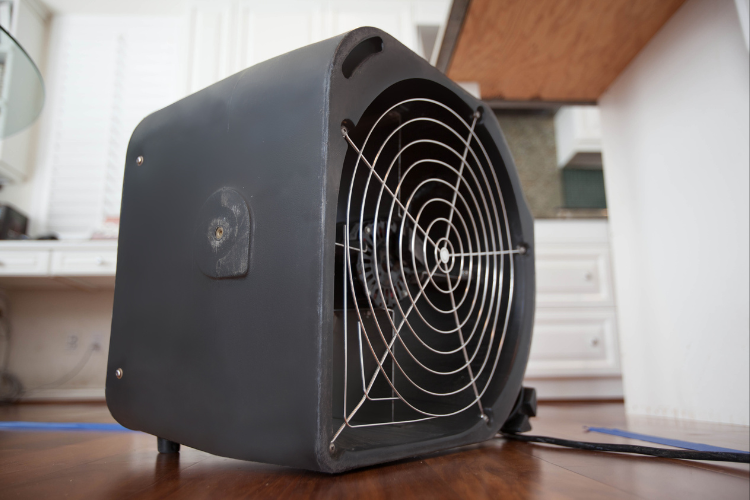
Why Indoor Moisture is a Problem in Winter
Wisconsin winters bring cold temperatures, but they also introduce indoor moisture issues that can lead to mold growth, condensation, and property damage. Controlling indoor humidity is key to keeping your home safe and comfortable.
As temperatures drop, homes are sealed tightly to keep heat in. This traps moisture from cooking, showering, and daily activities, increasing humidity levels. Signs of excess moisture include:
✔️ Condensation on windows
✔️ Musty odors in basements or bathrooms
✔️ Peeling paint or warped wood
✔️ Visible mold growth on walls or ceilings
5 Tips to Reduce Moisture & Prevent Mold
✅
Use Exhaust Fans Properly
Run bathroom and kitchen exhaust fans while showering or cooking. Keep them on for at least
20–30 minutes afterward to fully vent moisture.
✅
Control Humidity Levels
Keep indoor humidity between
30–50% using a
hygrometer. If levels are too high, use a
dehumidifier, especially in damp areas like basements.
✅
Check for Condensation on Windows
Wipe away moisture and improve air circulation by
keeping blinds and curtains open during the day. Persistent condensation may indicate ventilation issues.
✅
Prevent Water Leaks
Inspect
plumbing, roofs, and basements for leaks. Even small drips can cause
hidden mold growth behind walls. Address water damage immediately.
✅
Improve Airflow
Move furniture
away from walls, run
ceiling fans on low, and open interior doors to
improve ventilation and reduce moisture buildup.
When to Call a Professional
If you notice persistent mold, strong, musty smells, or ongoing moisture issues, professional mold remediation may be necessary. Superior Cleaning & Restoration specializes in moisture control, mold removal, and indoor air quality solutions. Contact us today for an inspection!



